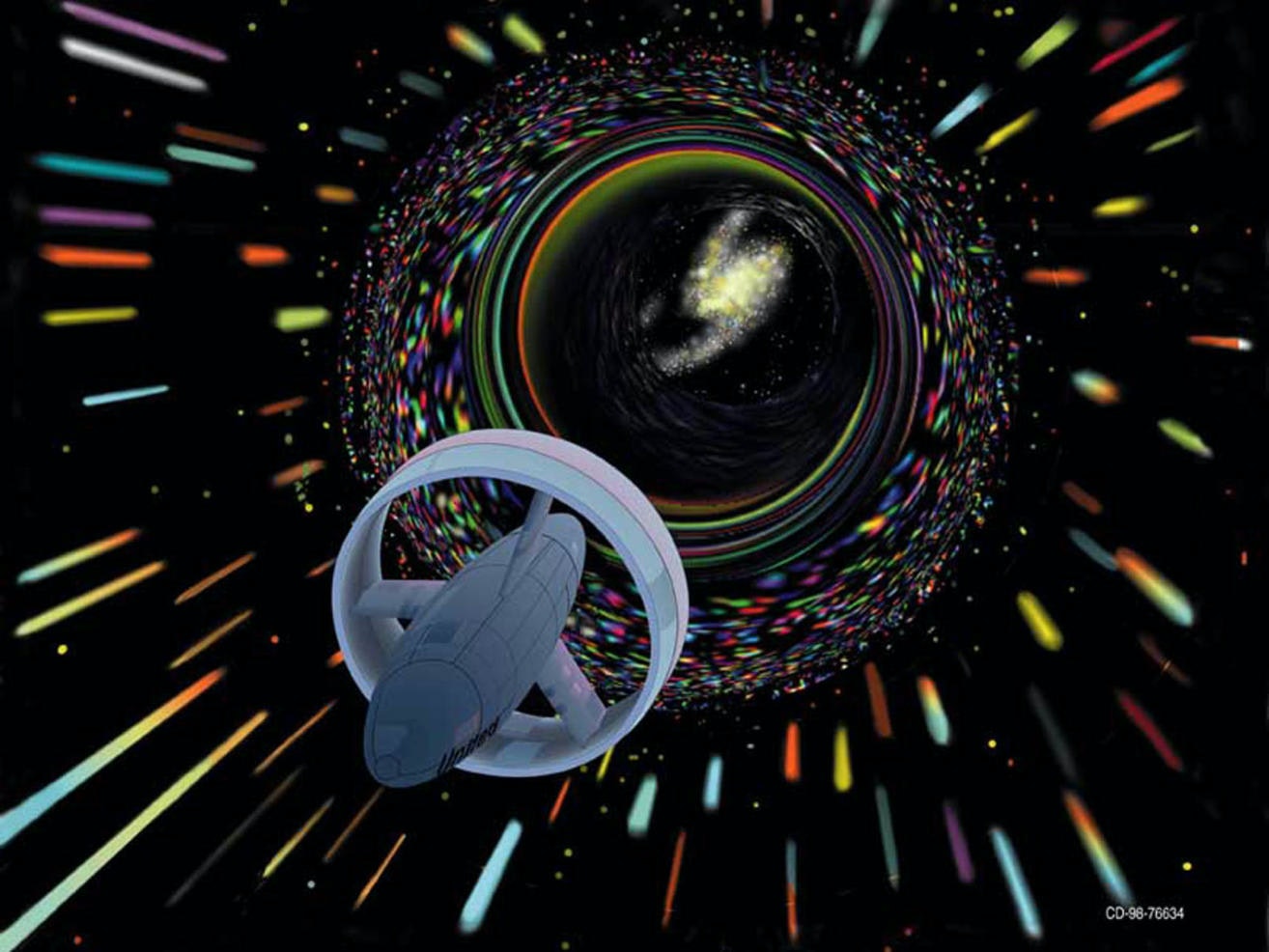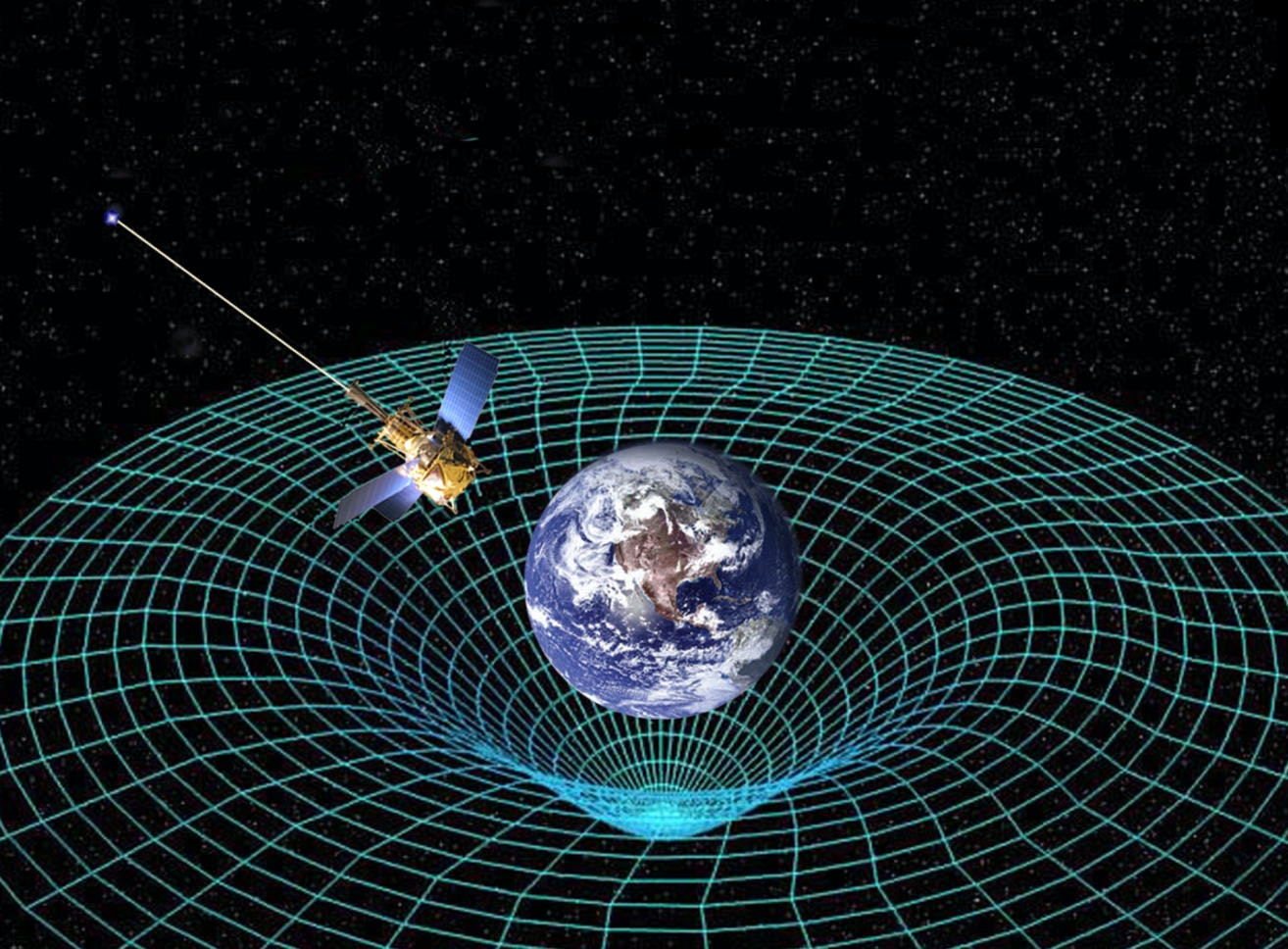Travel to the past is probably impossible. But to the future?
This fascinating article is well suited for Earth and Space and Physics students in years 9-12 who are interested in time travel and if it can be done.
Word Count: 1178
In 2009 the British physicist Stephen Hawking held a party for time travellers – the twist was he sent out the invites a year later. (No guests showed up.)
Travel into the past is probably impossible. Even if it were possible, Hawking and others have argued that you could never travel back before the moment your time machine was built.
But travel to the future? That’s a different story.
Of course, we are all time travellers as we are swept along in the current of time, from past to future, at a rate of one hour per hour.
But, as with a river, the current flows at different speeds in different places. Science as we know it allows for several methods to take the fast-track into the future. Here’s a rundown.
1. Speed
This is the easiest and most practical way to get to the far future – go really fast.
According to Einstein’s theory of special relativity, when you travel at speeds approaching the speed of light, time slows down for you relative to the outside world.
This is not just a conjecture or thought experiment – it’s been measured. Using twin atomic clocks (one flown in a jet aircraft, the other stationary on Earth) physicists have shown that a flying clock ticks slower, because of its speed.
In the case of the aircraft, the effect is minuscule. But If you were in a spaceship travelling at 90% of the speed of light, you’d experience time passing about 2.6 times slower than it was back on Earth.
And the closer you get to the speed of light, the more extreme the time-travel.
The highest speeds achieved through any human technology are probably the protons whizzing around the Large Hadron Collider at 99.9999991% of the speed of light. Using special relativity we can calculate one second for the proton is equivalent to 27,777,778 seconds, or about 11 months, for us.
Amazingly, particle physicists have to take this time dilation into account when they are dealing with particles that decay. In the lab, muon particles typically decay in 2.2 microseconds. But fast-moving muons, such as those created when cosmic rays strike the upper atmosphere, take 10 times longer to disintegrate.
2. Gravity
The next method is also inspired by Einstein. According to his theory of general relativity, the stronger the gravity you feel, the slower time moves.
As you get closer to the centre of the Earth, for example, the strength of gravity increases. Time runs slower for your feet than your head.
Again, this effect has been measured. In 2010, physicists at the US National Institute of Standards and Technology (NIST) placed two atomic clocks on shelves, one 33 centimetres above the other, and measured the difference in their rate of ticking. The lower one ticked slower because it feels a slightly stronger gravity.
To travel to the far future, all we need is a region of extremely strong gravity, such as a black hole. The closer you get to the event horizon, the slower time moves – but it’s risky business, cross the boundary and you can never escape.
And anyway, the effect is not that strong so it’s probably not worth the trip.
Assuming you had the technology to travel the vast distances to reach a black hole (the nearest is about 3,000 light years away), the time dilation through travelling would be far greater than any time dilation through orbiting the black hole itself.
(The situation described in the movie Interstellar, where one hour on a planet near a black hole is the equivalent of seven years back on Earth, is so extreme as to be impossible in our Universe, according to Kip Thorne, the movie’s scientific advisor.)
The most mindblowing thing, perhaps, is that GPS systems have to account for time dilation effects (due to both the speed of the satellites and gravity they feel) in order to work. Without these corrections, your phones GPS capability wouldn’t be able to pinpoint your location on Earth to within even a few kilometres.
3. Suspended animation
Another way to travel to the future may be to slow your perception of time by slowing down, or stopping, your bodily processes and then restarting them later.
Bacterial spores can live for millions of years in a state of suspended animation until the right conditions of temperature, moisture, food kick start their metabolisms again. Some mammals, such as bears and squirrels, can slow down their metabolism during hibernation, dramatically reducing their cells’ requirement for food and oxygen.
Could humans ever do the same?
Though completely stopping your metabolism is probably far beyond our current technology, some scientists are working towards achieving inducing a short-term hibernation state lasting at least a few hours. This might be just enough time to get a person through a medical emergency, such as a cardiac arrest, before they can reach the hospital.
In 2005, American scientists demonstrated a way to slow the metabolism of mice (which do not hibernate) by exposing them to minute doses of hydrogen sulphide, which binds to the same cell receptors as oxygen. The core body temperature of the mice dropped to 13 °C and metabolism decreased 10-fold. After six hours the mice could be reanimated without ill effects.
Unfortunately, similar experiments on sheep and pigs were not successful, suggesting the method might not work for larger animals.
Another method, which induces a hypothermic hibernation by replacing the blood with a cold saline solution, has worked on pigs and is currently undergoing human clinical trials in Pittsburgh.
4. Wormholes
General relativity also allows for the possibility for shortcuts through spacetime, known as wormholes, which might be able to bridge distances of a billion light years or more, or different points in time.
Many physicists, including Stephen Hawking, believe wormholes are constantly popping in and out of existence at the quantum scale, far smaller than atoms. The trick would be to capture one and inflate it to human scales – a feat that would require a huge amount of energy, but which might just be possible, in theory.
Attempts to prove this either way have failed, ultimately because of the incompatibility between general relativity and quantum mechanics.
5. Using light
Another idea, put forward by the American physicist Ron Mallet, is to use a rotating cylinder of light to twist spacetime. Anything dropped inside the swirling cylinder could theoretically be dragged around in space and in time, in a similar way to how a bubble runs around on top of your coffee after you swirl it with a spoon.
According to Mallet, the right geometry could lead to time travel into either the past and the future.
Since publishing his theory in 2000, Mallet has been trying to raise the funds to pay for a proof of concept experiment, which involves dropping neutrons through a circular arrangement of spinning lasers.
His ideas have not grabbed the rest of the physics community however, with others arguing that one of the assumptions of his basic model is plagued by a singularity, which is physics-speak for “it’s impossible”.
This article is republished from Cosmos. Read the original article.
Years: 9, 10, 11, 12
Login or Sign up for FREE to download a copy of the full teacher resource









